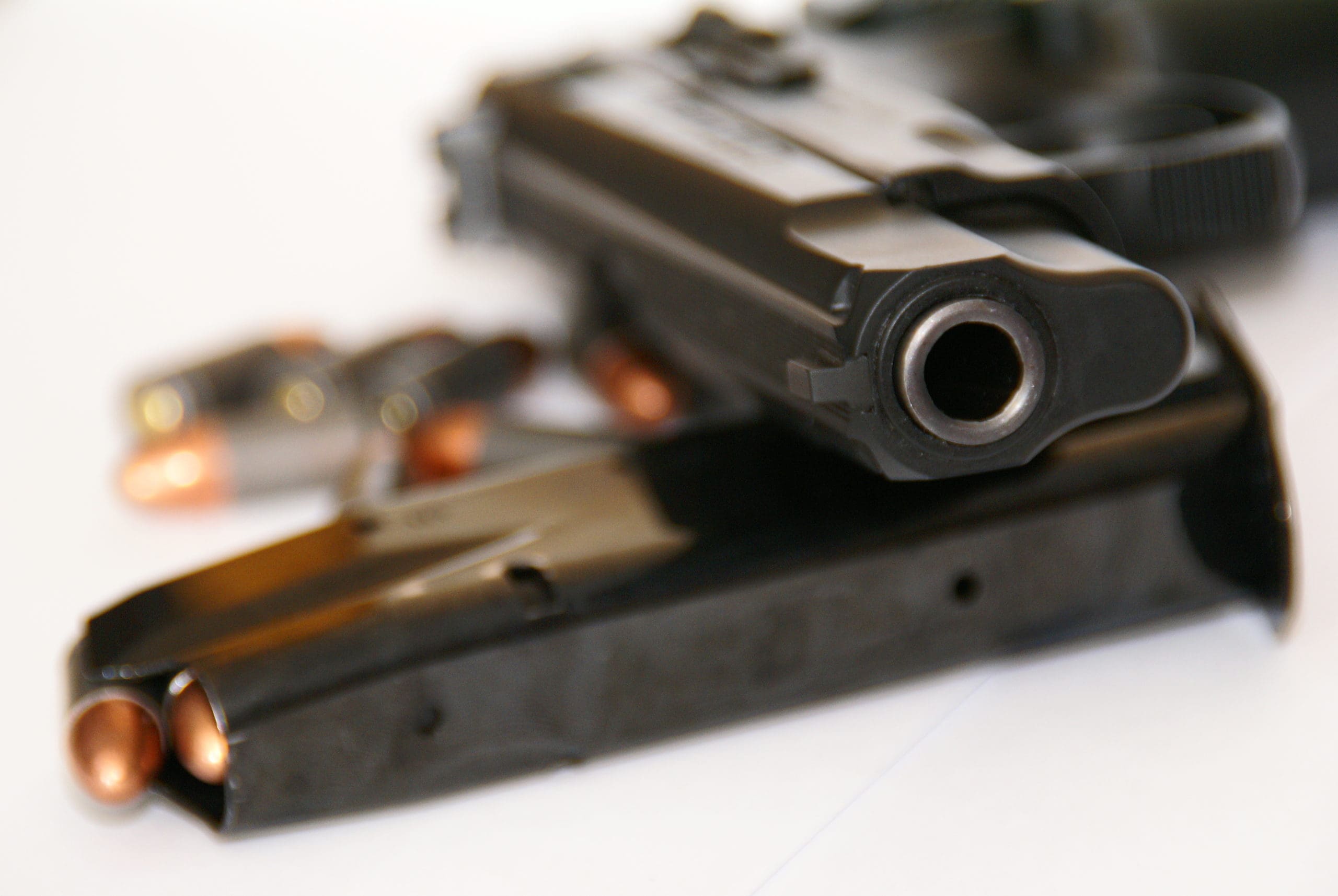With the COVID-19 pandemic ongoing, our school districts around the country are working diligently to reopen their schools this fall either virtually or in-house. Their priority is for the health and safety of their students, staff, and employees. While monitoring and preparing for the coronavirus, school districts must be on guard for other potential crises, such as the active shooter. The spike in gun violence and stolen weapons across the United States is alarming. Now that the fall semester is starting, we need to take measures to prevent weapons coming on to school campuses.
Schools are generally a safe place for students and staff, but a look at the shootings over the past years indicates they happen on campuses both small and large. They have occurred in cities, suburbs and rural areas. There is no way of predicting where the next tragedy will occur, but we can be prepared. It is important to take preventive measures now, before the next school shooting happens.
In the United States, there are more than 130,000 public and private schools serving more than 50 million students daily. Recent acts of violence, especially active shootings in schools the last several years, have led campus administrators and public officials to reevaluate their security protocols.
Now with the COVID-19 pandemic, how do we strike a balance between education, safety, and security? How do we change schools from being soft targets without making schools resemble prisons? Is there security technology that can be a resource to school administrators and emergency responders?
Through careful planning it is possible for schools to develop a quality security crisis plan that meets campus needs without breaking the budget. We need be creative and use the resources that are available today that would stop weapons from coming onto our campuses. I highly recommend that all schools have an assigned police officer often called a school resource officer (SRO). If unavailable, consider hiring off duty police officers and or contract security officers that are certified and trained.
All schools should have emergency/crisis plans and lockdown procedures in place, and train staff, teachers and students. Hold safety/security drills with emergency responders, and practice responses to different emergency situations, e.g., active shooter. This also helps keep parents and the community informed. During the COVID-19 pandemic, drills and preparedness need to continue following the guidelines of your school district policies and procedures. During emergency situations, safety of your students, staff and visitors takes precedence over social distancing.
The main campus entrance should be controlled using electronic access through a video intercom system; allowing access to those who belong on campus like students, teachers, staff, parents and volunteers. Also, it is wise to keep the landscaping trimmed and at a minimum. Also have security or staff check outdoor places where students might hide weapons. All entry, exit and classroom doors should be locked and monitored throughout the day.
Any plan will undoubtedly include security technology, but no single security technology can protect a K-12 campus. True protection comes from many layers of security.
It is imperative to test your communication/fire systems frequently: PA system, phones, radios, duress buttons, fire alarms and other devices. Security screening systems can help spot guns, knives and other weapons at the school entrance or other areas. A gunshot detection and localization system that is integrated into a video surveillance system is highly effective and gets the information out quickly. When every second counts, the best information available must be delivered instantly and intuitively for emergency responders to respond and react under the pressure of an active shooter.
Also, if the video is transmitted over a district network, it is possible to allow law enforcement personnel to view the cameras from their emergency command center and for the responding officers to view this from their vehicles.
School administrators should ensure they have a comprehensive safety and security plan in place. The plan should be a living document that is continually updated to meet the challenges of a school and campus, such as the coronavirus. Let us work together to make this school year safe as we encounter the new norm.
Patrick V. Fiel Sr. is a national security advisor who is working with Databuoy Corporation, the maker of Shotpoint, an acoustic gunshot detection and localization system. He previously served as the executive director of school security for the District of Columbia Public Schools and can be reached at (910) 789- 4265 or at [email protected]. The views expressed by guest bloggers and contributors are those of the authors and do not necessarily represent the views of, and should not be attributed to, Campus Safety magazine.













